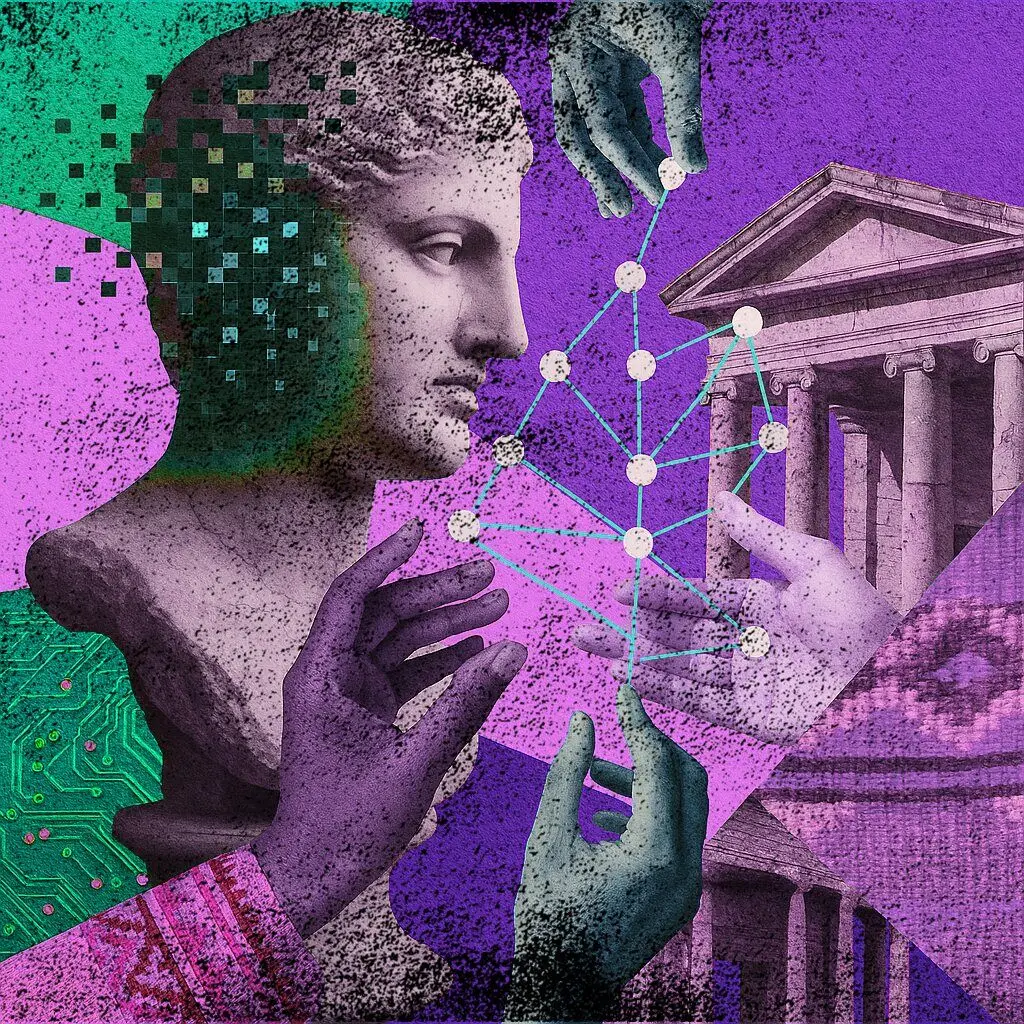Decentralized Futures: What Web3, Cooperatives, and Indigenous Governance Teach Us About Design
Design isn’t just what gets built. It’s how decisions get made.
In a world obsessed with scale and efficiency, centralization has long been the dominant operating model. Top-down platforms, vertical hierarchies, one-size-fits-all policies. But around the edges—across tech, governance, and community systems—another model is taking root: decentralization.
From blockchain experiments and worker-owned platforms to indigenous governance models and mutual aid networks, decentralized systems offer a radically different way to think about design—not as control, but as coordination.
Design Without a Center
Most design frameworks assume a central owner, a clear authority, and a singular narrative. But in many contexts—conflict zones, transnational networks, grassroots initiatives—there is no center. Or if there is, it’s contested.
Design in these spaces requires a different toolkit:
- Facilitation over enforcement
- Protocols over products
- Interoperability over uniformity
- Consent over compliance
In decentralized systems, power is distributed, and design has to follow that logic.
What Web3 Got Right (and Wrong)
Web3 introduced the mainstream tech world to ideas like trustless transactions, smart contracts, and DAOs (Decentralized Autonomous Organizations). At their best, these structures reduce dependency on centralized platforms and gatekeepers.
But the design layer has often lagged behind. Many Web3 experiences are inaccessible, overly technical, and detached from lived realities—especially for communities outside of tech bubbles.
The principle stands: decentralization works best when it’s paired with intentional design that prioritizes usability, inclusion, and trust-building—not just autonomy for autonomy’s sake.
Lessons From Cooperatives and Indigenous Governance
Long before DAOs, communities were practicing collective ownership and decentralized decision-making through cooperatives and indigenous systems of governance.
These models teach us that decentralization isn’t just a technical pattern. It’s a cultural one. It requires:
- Rituals of trust and consensus
- Mechanisms for accountability without punishment
- Slower pacing to allow deliberation
- Deep attention to relationships, land, and memory
Designers working in humanitarian, civic, and educational systems can borrow these principles to create structures that are shared, adaptive, and locally anchored.
Designing for Plurality
A decentralized future is not about eliminating structure. It’s about designing for plurality—multiple truths, multiple actors, multiple ways of knowing.
At ADSI, we often work across fractured systems: governments in transition, multi-agency coalitions, community-led initiatives. In these spaces, design becomes less about ownership and more about alignment.
The tools change. So do the roles. Designers become translators, facilitators, pattern recognizers. The goal is no longer a perfect solution, but a functional ecosystem of interdependence.
The Shift
Designers are taught to optimize. But decentralized systems don’t run on optimization. They run on trust, patience, and shared stewardship.
To design for the future, we need to learn from the oldest governance systems on earth—and the newest ones being tested in real time.
The question isn’t: How do we build control?
The question is: How do we build collective capacity?



Leave a Reply